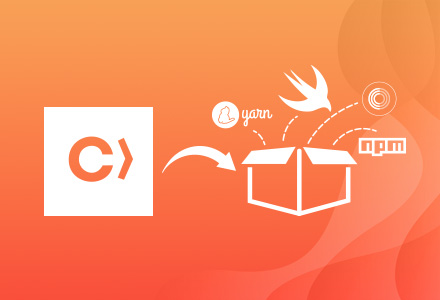HTTP status codes are the conversation between your web browser and the website’s server. In most cases, you as the user will not see the code generated unless there is an issue.
Error messages, or HTTP status codes, are displayed when an internet browser can’t reach a page that was requested by a user. These codes are categorised into five groups, numbered from 1XX to 5XX, each indicating a different problem or error.
What is a 5XX error?
Error codes that fall into the 5XX range specify problems with the server.
When you visit a website, your browser issues a request to that website’s server. If there is an issue with the site’s server, a 5XX error code is often returned.
These errors occur when the server realises it has come across a problem or is unable to carry out a request. Clarification should be provided, explaining why the error has occurred and whether it is a permanent or temporary issue.
5XX error messages indicate server-side errors where your website’s server has been unsuccessful in performing a request, for whatever reason. Generally, this suggests that the problem does not lie with your website, internet connection or computer, and more often than not it can be safe to assume server maintenance is being carried out to solve the issue.
A guide to HTTP 5XX server errors
There are a number of different 5XX server errors, numbered with their own response codes so that the problem can be identified. It is important to familiarise yourself with the varying 5XX status codes and their meanings. Some of the most common of these are listed below.
500 - Internal Server Error
Perhaps the most common message encountered, this indicates a generic server error that’s displayed when the server cannot determine the exact problem.
501 - Not Implemented
The server cannot distinguish the request made, or is unable to perform the request for whatever reason. This typically suggests future accessibility.
502 - Bad Gateway
This occurs when the server is operating as a gateway or proxy server and the upstream server returns an invalid response.
503 - Service Unavailable
This signifies that the server is unavailable at the present moment, usually due to maintenance or overloading. It is generally a temporary issue and the user should try again later.
504 - Gateway Timeout
Like the 502 status, the server was functioning as a gateway or proxy server. This error occurs when the upstream server fails to respond in a timely manner.
What do 5XX errors look like?
A 5XX error is an error generated by the server, not the website. They are visible in any operating system so you may see this type of error message when using a desktop computer, tablet or smartphone. Server errors are often displayed inside the internet browser window just as web pages appear.

3 simple steps to clearing a 5XX error
5XX Errors are server-side meaning the problem is not likely to lie within your internet connection or device. There will be an error with your website server.
In the unlikely event that there is an issue with something your end, there are a few simple steps you can take before seeking further help and advice.
- Refresh your browser
The problem may only be temporary, reloading the page will often prove successful. You can do this by resubmitting the URL from the address bar, pressing F5 or Ctrl-R on your keyboard.
- Remove cookies
Sometimes 5xx errors are due to the cookies related to the website, so deleting these and refreshing the browser can often solve the problem. To do this, enter your web browsers History and select Delete. To remove the cookies from some devices you may need to check the box next to Cookies before hitting delete. Refresh your page and check to see if the error code represents itself.
- Contact your host/ server
If the problem continues, the best step is to contact your host or server directly to find out what the problem is. Chances are they are already on top of it or undergoing maintenance, but this will help put your mind at ease and give an idea of when it may be up and running again.

It is important not to ignore 5XX error messages when they appear. Not only do they have an adverse effect on the user’s experience but they aren’t bot-friendly either. Search engine robots like well-maintained websites so it’s important to investigate and fix site errors as you discover them.
For more information on our business hosting and IT support services, please contact a member of our technical team and discover how Blue Frontier can support you.






